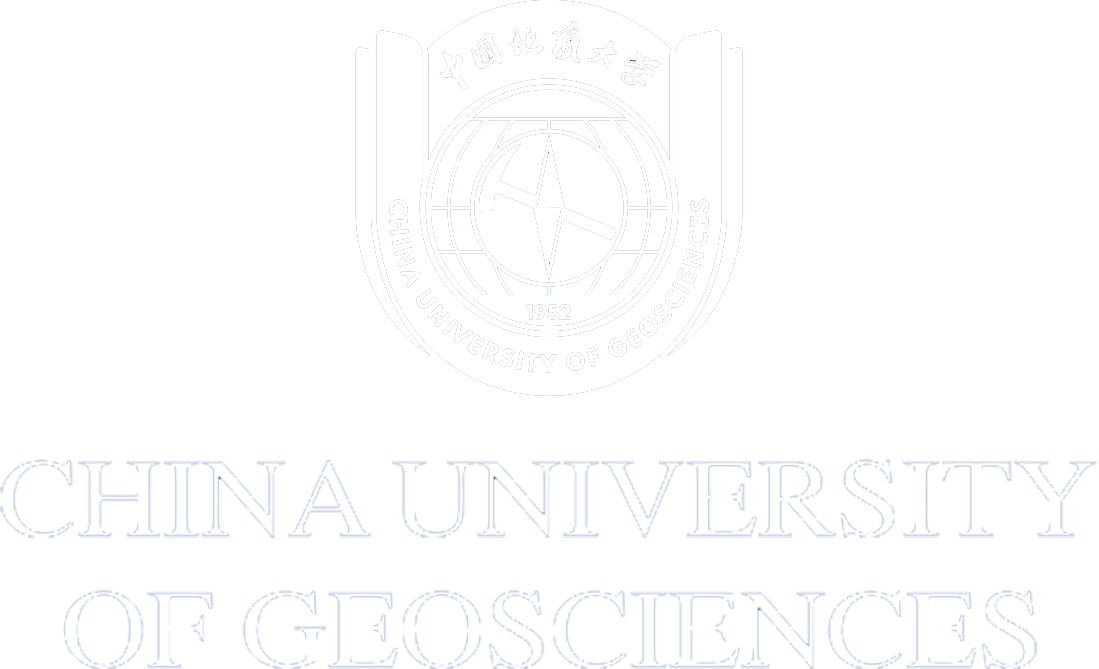The vadose zone is an area spanning from the land surface down to the groundwater table, which serves as a critical carrier of nutrient cycling and enables occurrence of diverse biogeochemical processes. While studies have concentrated on the surface soils (<1 m), a large knowledge gap remains regarding the response of the subsurface microbial community to vadose zone geochemical heterogeneity, particularly under long-term agricultural activities. In this study, 12 boreholes were drilled across two lakeshore agricultural landscapes (paddy and aquaculture) in the Poyang Lake area, China. Compared to aquaculture environments, paddy environments exhibited higher pH, lower moisture, more oxidizing conditions, greater dissolved organic nitrogen and lower dissolved organic carbon concentrations. Across both sites, nutrients (C, N, P, Fe), moisture, cation exchange capacity, and most cations generally declined logarithmically with depth. However, fluctuations were observed below the 2–3 m depth which was the middle layer within the entire vadose zone, with more pronounced variations at deeper layers of aquaculture site likely due to historical agricultural activities and groundwater fluctuation. Microbial diversity, nitrogen cycling potential and resilience to environmental changes decreased with depth until 2–3 m but subsequently increased, likely driven by nutrient availability and a lithological shift from clay to sand. The contributions of stochastic processes (e.g., dispersal limitation and drift) to microbial community assembly grew with depth, with the paddy site exhibiting a greater degree of stochastic assembly than the aquaculture site. This study enhances our understanding of the assembly mechanisms of microbial communities in the vadose zones.
Article link: https://agupubs.onlinelibrary.wiley.com/doi/full/10.1029/2025JG008815




 Address
Address
 E-Mail
E-Mail
 Telephone
Telephone